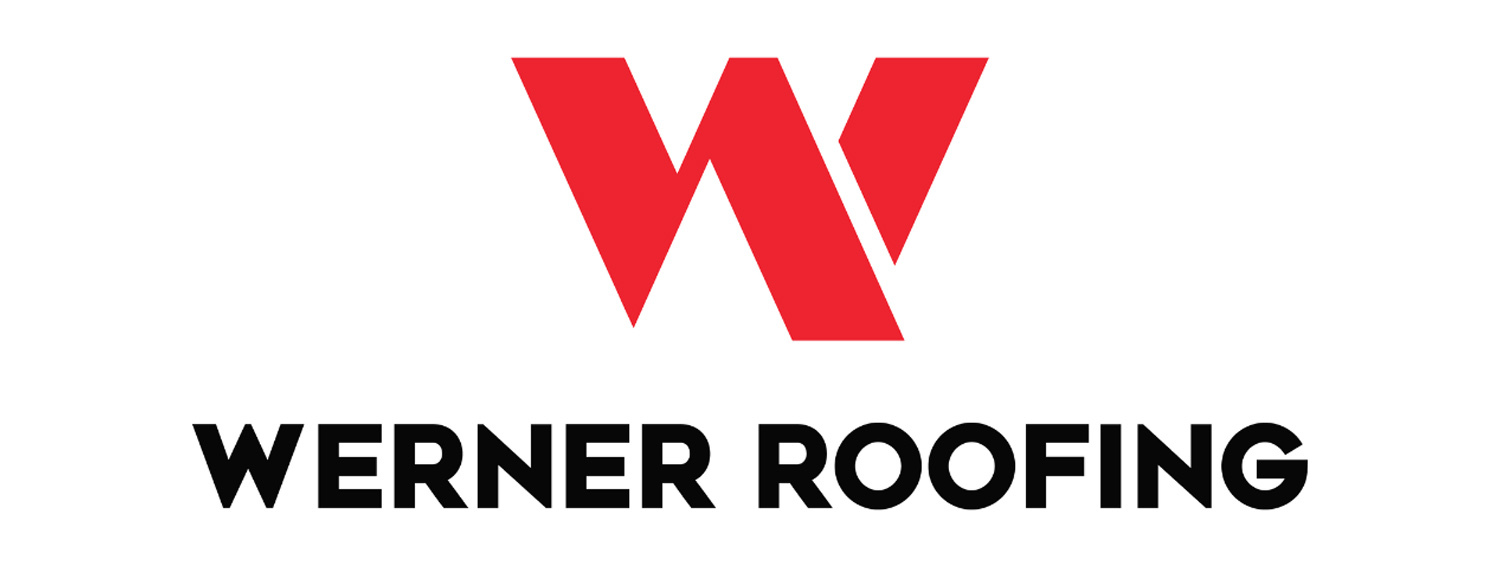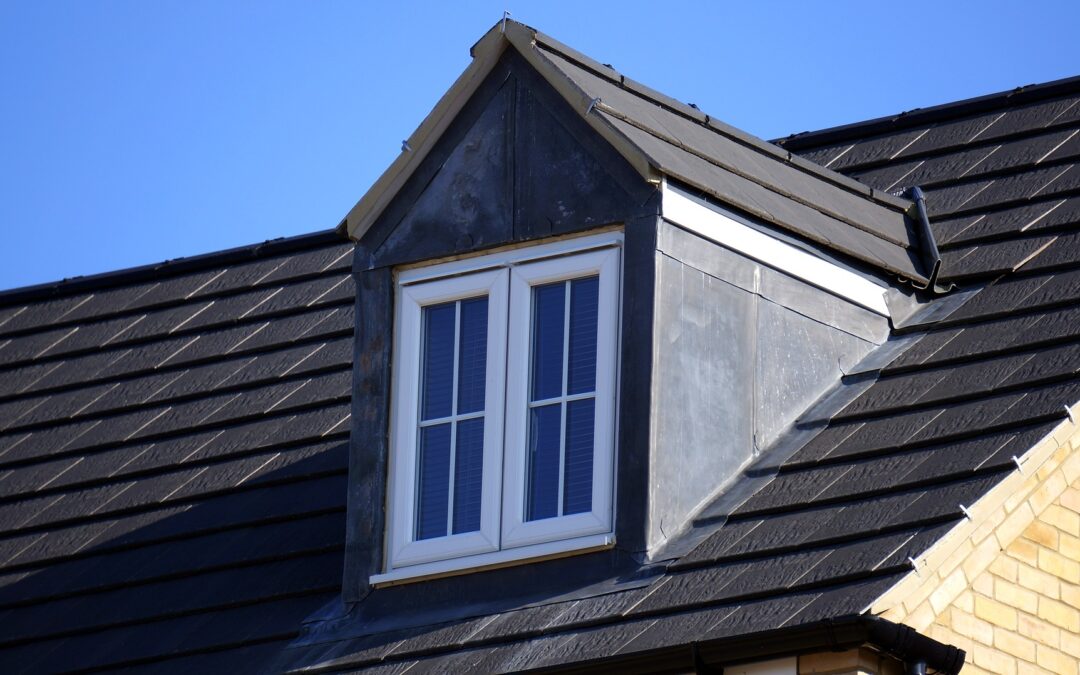As a homeowner, you probably don’t need to know all of the technical ins-and-outs of your roof’s anatomy, but it is helpful to understand the basics, so you know what your roofer is talking about when they offer you the details of their inspection. To help you understand the most important components of your roof, we’ve laid out this basic roof anatomy, working from the roof components closest to your living area, and out.
Trusses
The first part of your roof you’ll want to know about is the trusses. Trusses form the foundation for your roof and offer most of the support for every other roofing component. To get a better idea of what a roof truss looks like, take a look at this photo. Those beams that form the peak of the house are trusses.
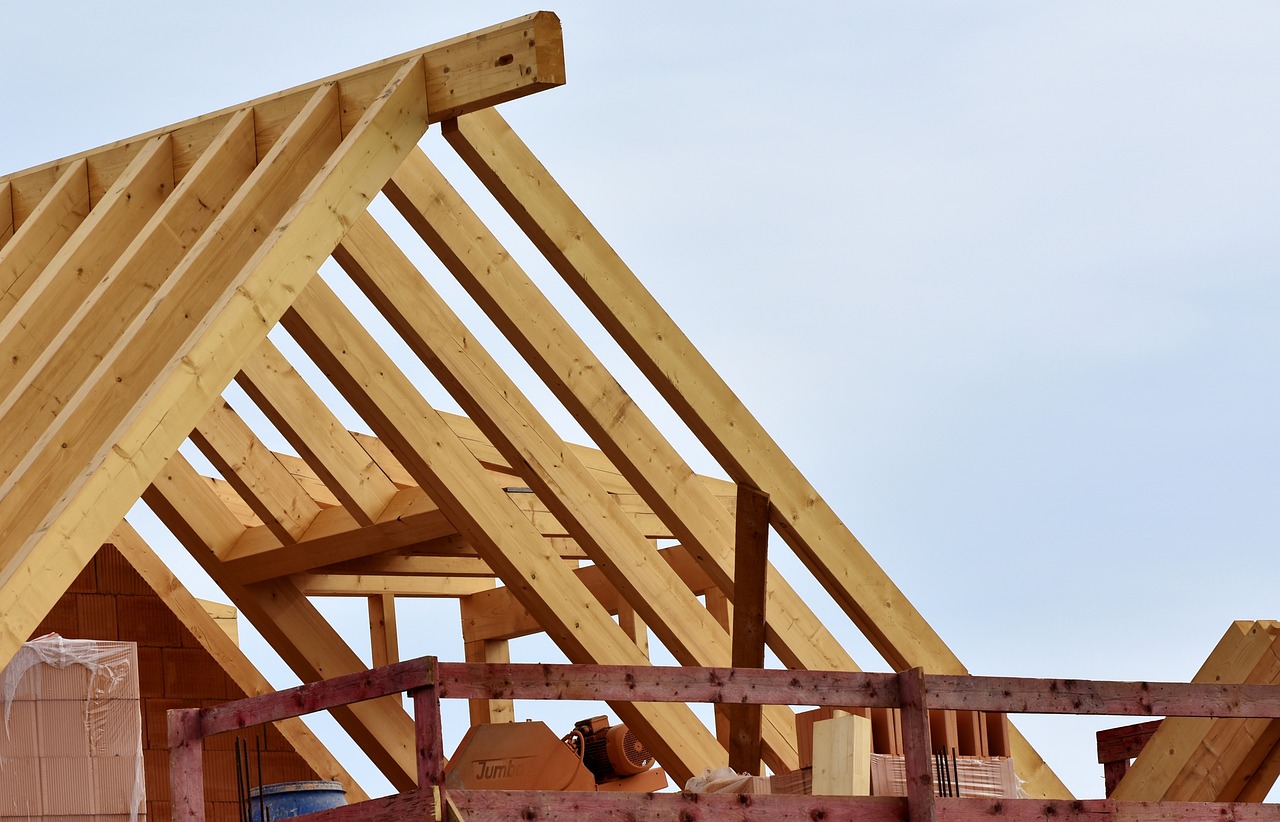
Chimney
Next up, we have the chimney. Your chimney starts within your home, at the fireplace, and carries all the way up through your roof. Inside your chimney is a flue, which directs soot and ash safely out of your house. While the chimney might not seem like an obvious component of your roof, it’s good to remember that it’s up there. (We’ll get to why, next.)
Flashing
Flashing is a waterproof material that roofers install wherever two different parts of your roof intersect. Since we were just talking about the chimney, we’ll use that as an example. Roofers install flashing around the base of your chimney where it intersects with the roof to keep deter leaking. Sometimes, when flashing gets old, it can crack and let in water — it’s an easy fix as long as you catch it early and have it done quickly! Take a look at the flashing around this chimney in white, as an example:
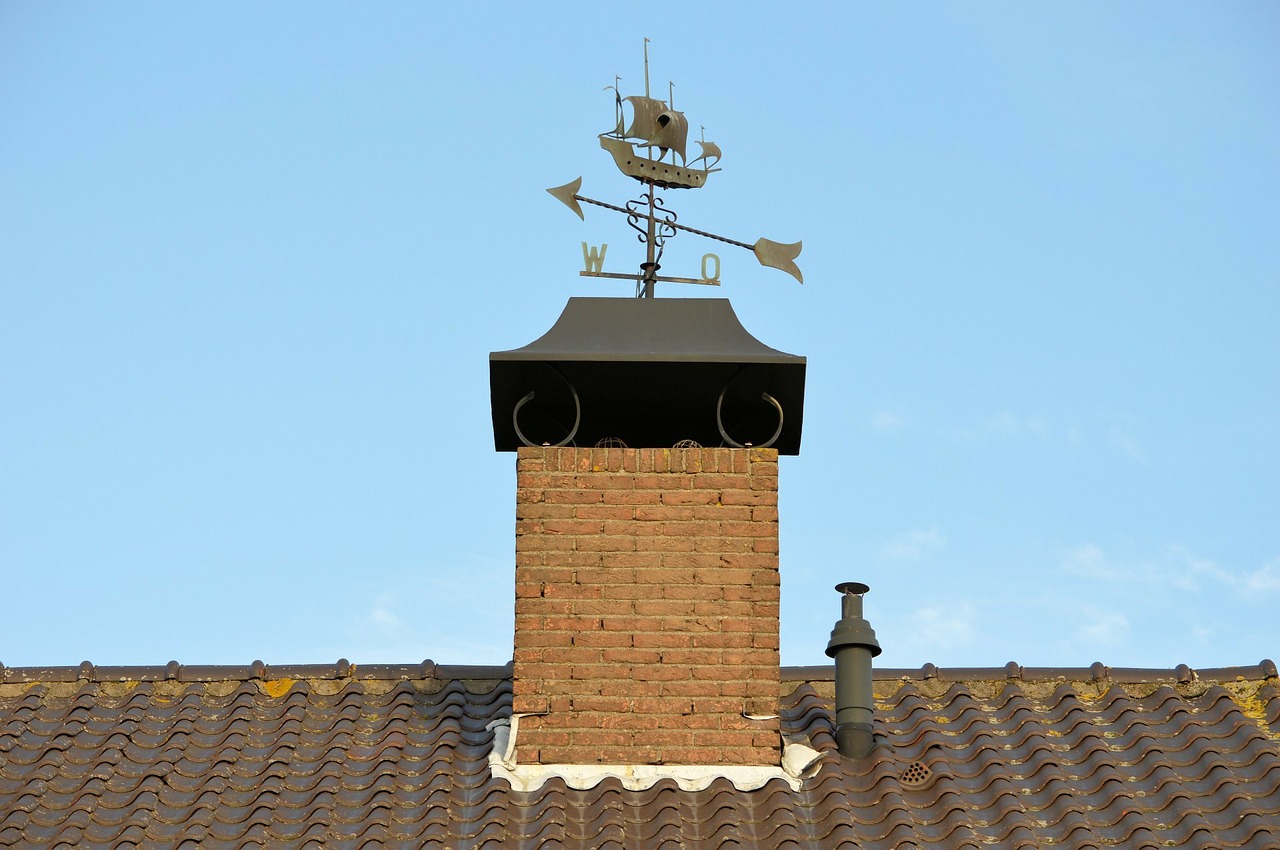
Vent Pipe
The vent pipe is a part of roof anatomy that’s often forgotten. It’s a small pipe that extends up through your home and lets fresh air into your plumbing system, so sinks, tubs, and toilets can drain quickly.
Sheathing
Also called decking, sheathing is the first layer of your actual roof. Most roofers use OSB (Oriented Strand Board) or plywood, and they fix it onto trusses. Sheathing creates the foundation for the rest of your roof, including the shingles.
Underlayment
If you have an asphalt shingle roof, the next step is your roof’s underlayment. This is a thin layer of material, usually felt saturated with asphalt, that helps form a barrier between your home and the elements, specifically rain and snow. Underlayment also helps your home shed water, and can keep your roof safe in the event that you do lose a shingle or two. Take a look at this photo. Here, the house in progress has just the sheathing and underlayment installed — no shingles have been added yet.
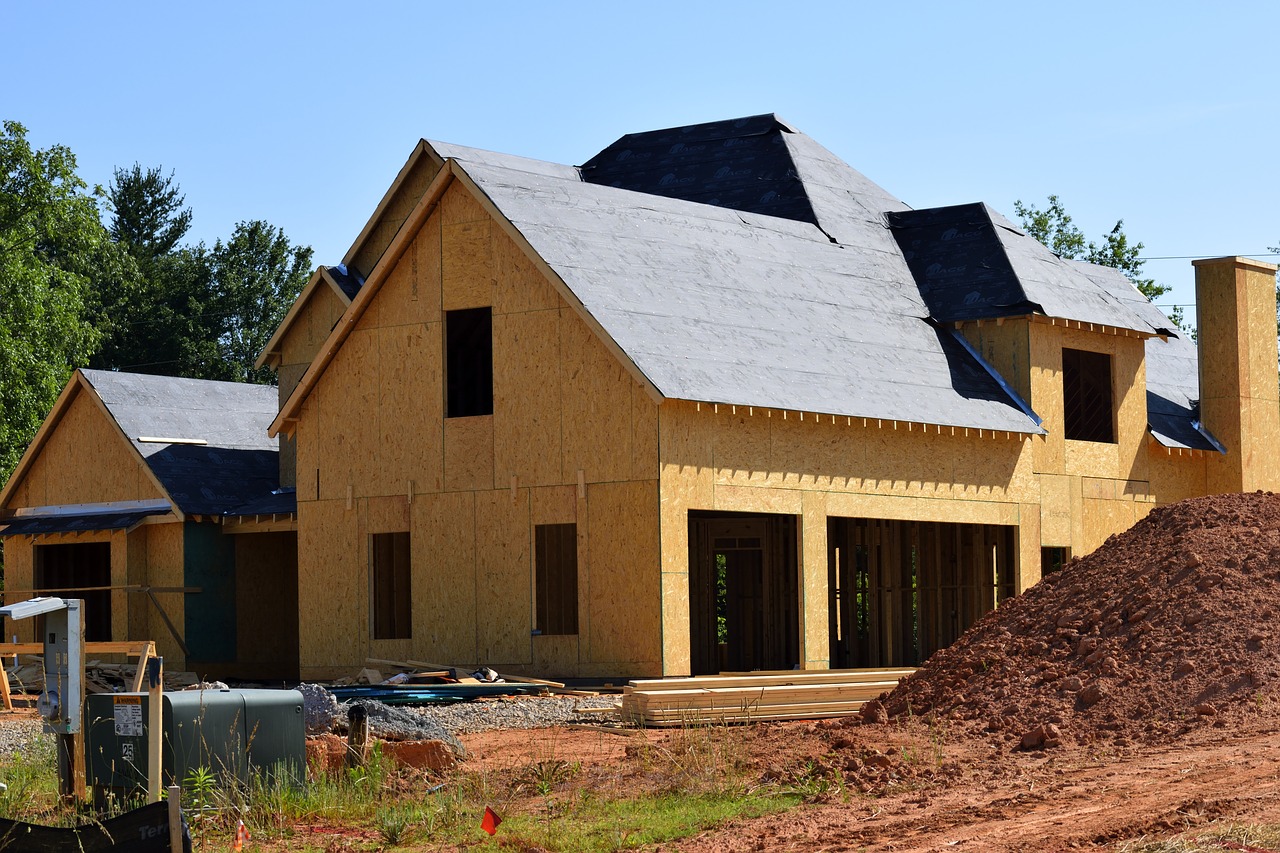
Shingles
Once the underlayment is down, shingles are nailed onto your roof. Most roofs feature asphalt shingles, which are durable and come in a variety of colors and textures. Other shingle types include wood, clay, and slate, though they’re not as common due to added maintenance and cost.
Ridge Vent
At the very top peak of your roof, called the ridge, is a vent. This vent typically runs the length of your roof and is designed to let out any moisture that collects in your attic. This helps your roof maintain a consistent temperature, and get rid of excess moisture that can cause rot or mold. It’s also helpful in preventing ice dams.
Ridge Cap Shingles
Ridge cap shingles are installed specifically to cover ridge vents. They work to keep snow, rain, and other precipitation out, while still letting the ridge vents do their job. This is an important component of your roof’s anatomy, as it prevents leaks and keeps your home safe from high winds.
Fascia
Moving outwards, fascia is a horizontal board that’s installed at the bottom of your roof trusses. The fascia is what your gutters attach to. When your gutters are nailed into the fascia, you don’t have to worry about them disrupting the rest of your roof anatomy.
Gutter
Gutters, as we mentioned above, are attached to the fascia of your roof. Gutters direct rainwater and other precipitation away from your siding and the foundation of your home, and into downspouts. This helps ensure you don’t experience foundation erosion and keeps your landscaping looking nice.
Downspout
Downspouts are metal or vinyl pipes connected to your gutters that funnel all of the water coming from your gutter system down and away from your home. Directing all of that precipitation away helps to keep your foundation from cracking or eroding, and it keeps your basement nice and dry. Check out this red downspout drawing away from this home’s gutters:

For all of your West Michigan residential roofing needs, Werner Roofing is here to help. From metal to asphalt roofs, gutters, and anything in between, we’re here to install and repair any roofing issue you’ve come across. Give us a call at 616-844-5382 or contact us online for your free, no-obligation quote.
